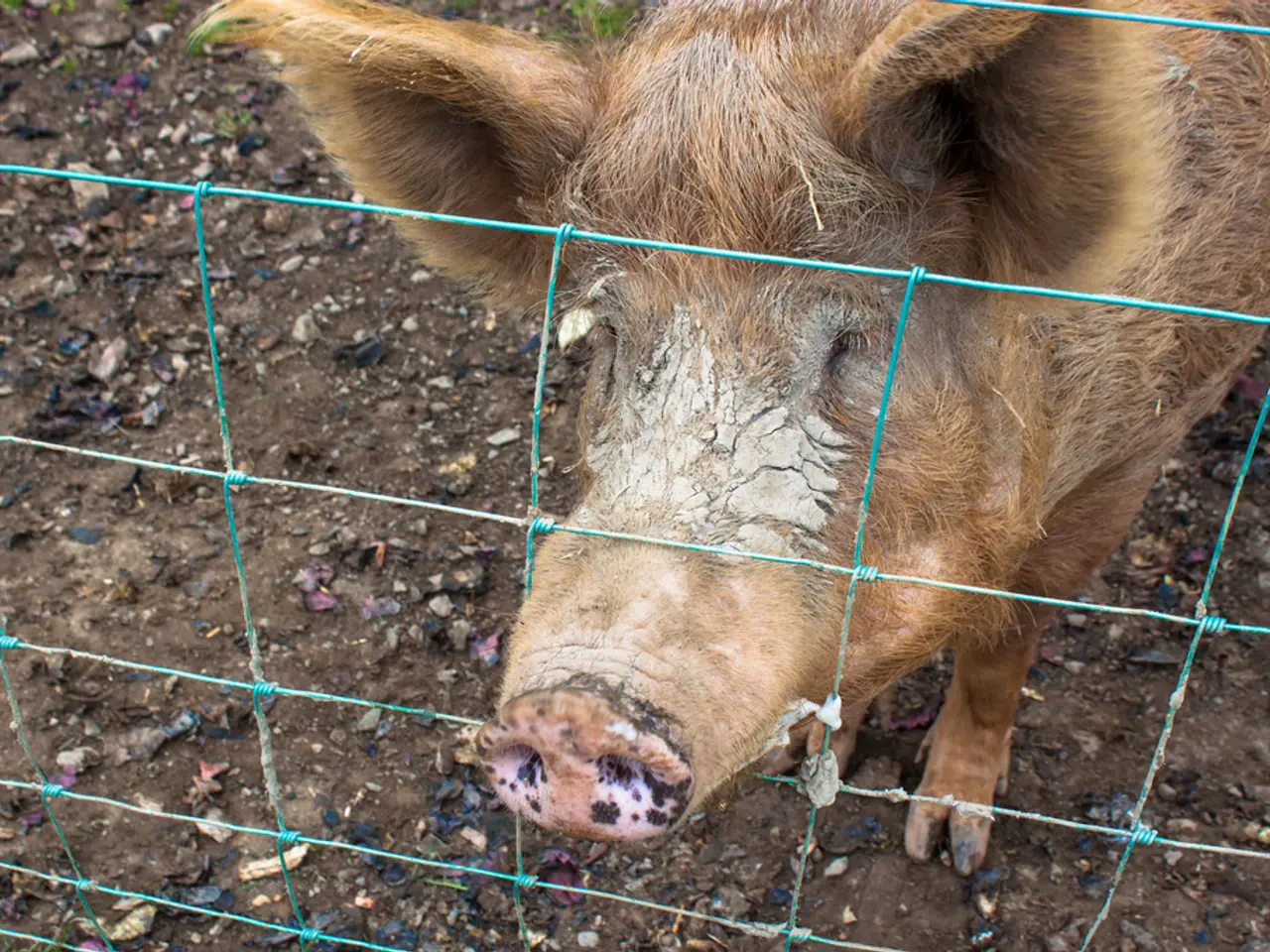Domestic Meat Production: DIY Slaughtering, Butchering, and Sausage Manufacturing at Home
Home Butchering a Pig: A Comprehensive Guide
Butchering a pig at home is a traditional practice that requires careful attention and the right tools. Here's a step-by-step guide to help you navigate the process.
Slaughtering
The first step in home butchering a pig is stunning it for humane reasons. This can be done using a captive bolt gun or electrical stunning. After stunning, make an incision in the neck to sever key blood vessels and ensure thorough bleeding out.
Scalding and Dehairing (Skinning)
Immerse the pig carcass in a large vat of hot water (around 60-70°C or 140-160°F) for several minutes to loosen the hair follicles. Following scalding, the hair is scraped off manually or removed using mechanical dehairing machines.
Butchering (Evisceration and Cutting)
After skinning, the pig is eviscerated by cutting through the abdominal cavity to remove internal organs carefully. Sharps knives, a large butcher’s knife, and saws are essential to separate different meat cuts. Additional steps include bung dropping (circumcising the rectum from the carcass) to aid in gut removal.
Necessary Equipment
A stunning tool, sharp knives, large vats or containers for scalding, scrapers or brushes for hair removal, hooks or gambrels for hanging the pig, cleaning buckets and sanitizing agents, tables or sturdy surfaces for butchering, and a reliable means to stun if required are all essential equipment for a traditional home setup.
Processing the Pig
After butchering, the pig is broken down into primal cuts, which are then divided into smaller roasts, chops, ribs, and trim for sausage. Approximately 50% of the live weight is yielded as marketable cuts, with the remaining parts used for bones, organs, and fat.
Rendering Lard and Making Sausage
The rendered lard from the pig can be used for cooking, soapmaking, and other purposes. Grinding the fat before rendering increases surface area and yield. The process of butchering a pig at home also includes making sausage from scratch.
Tips for Home Butchering
- Harvesting the pig much younger than 1 year old improves feed conversion.
- Scott Rea's instructional videos on traditional butchery techniques are recommended for beginners.
- Learning about estimating pork harvest, preserving stock, making organ meat stock, and the costs of raising a pig are valuable resources for home butchering and pork production.
- After processing, the pig helps the author improve their use of every cut, time management, and maximization of the harvest.
- Properly rendered pork lard is clean enough to bake into a pie crust without any pork flavor.
Caution
Butchering a pig at home is labor-intensive and requires careful attention to hygiene and animal welfare during slaughter. While more automated and mechanized equipment exists commercially, traditional home butchering relies heavily on manual effort and basic tools like knives, scrapers, and vats for scalding.
Incorporating your given words into the provided text:
- The pig butchering process at home is a part of a sustainable food-and-drink lifestyle, as it allows for the production of various homemade recipes with healthy, natural ingredients.
- Alongside the butcher's knife and saws, essential tools for home butchering include recipes for cooking the fresh meat, such as sausage-making or pie crusts using rendered lard.




